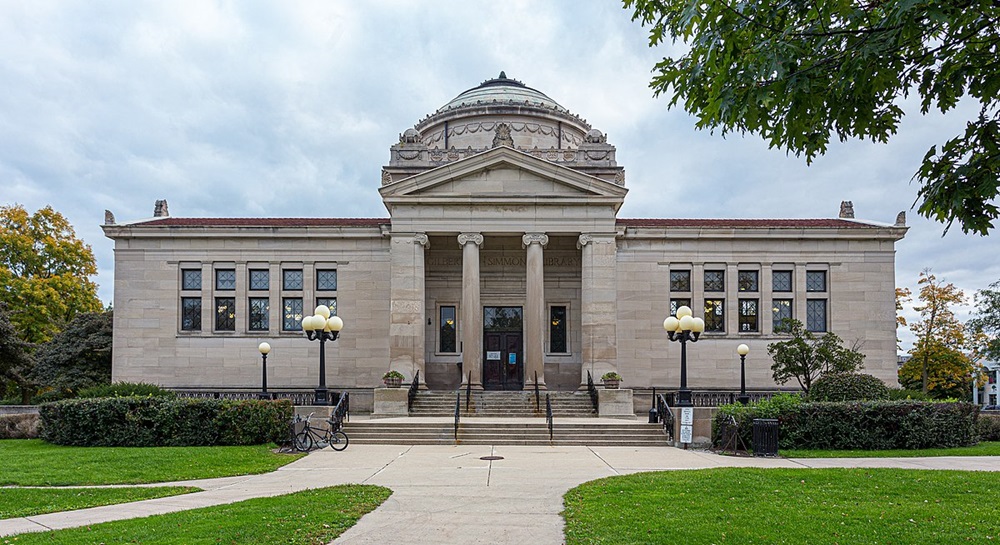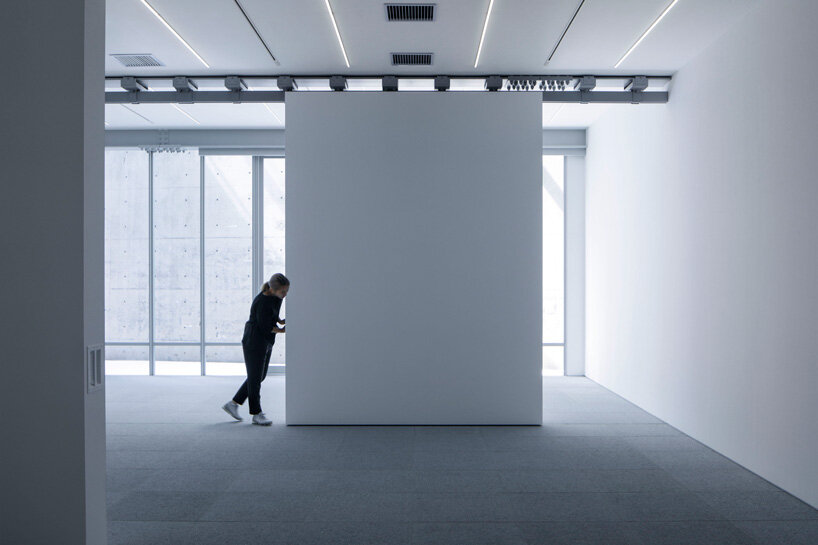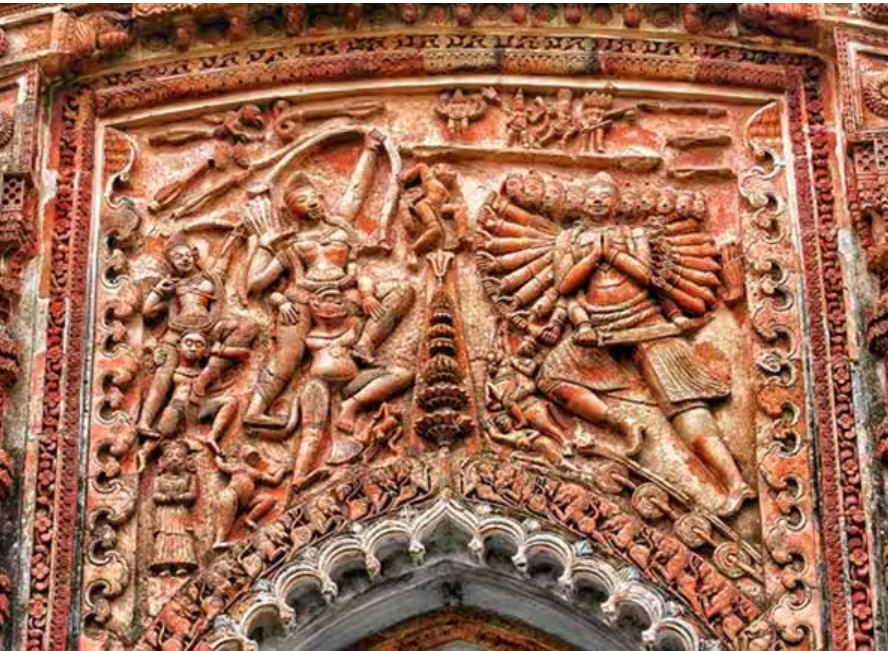American architect and urban planner Daniel Hudson Burnham (1846–1912) is well-known for having significantly impacted the creation of the contemporary American cityscape. His work greatly influenced the urban planning and architectural design of the United States in the late 19th and early 20th centuries. Burnham oversaw the works department of the Chicago World’s Columbian Exposition, popularly called the Chicago World’s Fair. Showcasing the country’s industrial might and cultural accomplishments, the fair commemorated the 400th anniversary of Christopher Columbus’s landing in the Americas and was a significant occasion in American history.
He was the architect of the “White City,” a group of neoclassical structures that inspired the City Beautiful movement and encouraged monumental grandeur and beautification in American communities. It was among the first comprehensive plans for the regulated growth of an American metropolis, also referred to as the Burnham Plan. Wider roadways, green spaces with buffer zones, and well-organized public areas were among the ideas it presented. It also stressed the significance of systematic planning in urban development. The design significantly impacted the growth of Chicago’s lakefront and park system and established the foundation for contemporary urban planning.
Along with John Wellborn Root, Burnham co-founded the architectural business Burnham & Root. The company created several well-known structures, including Chicago’s Monadnock Building and the Rookery Building, among the tallest structures at the time and incorporated avant-garde building methods. Following Root’s passing, Burnham kept on the firm’s leadership, and it eventually became D.H. Burnham & Company. Burnham designed important American structures, such as Union Station in Washington, D.C., and the Flatiron Building in New York City.
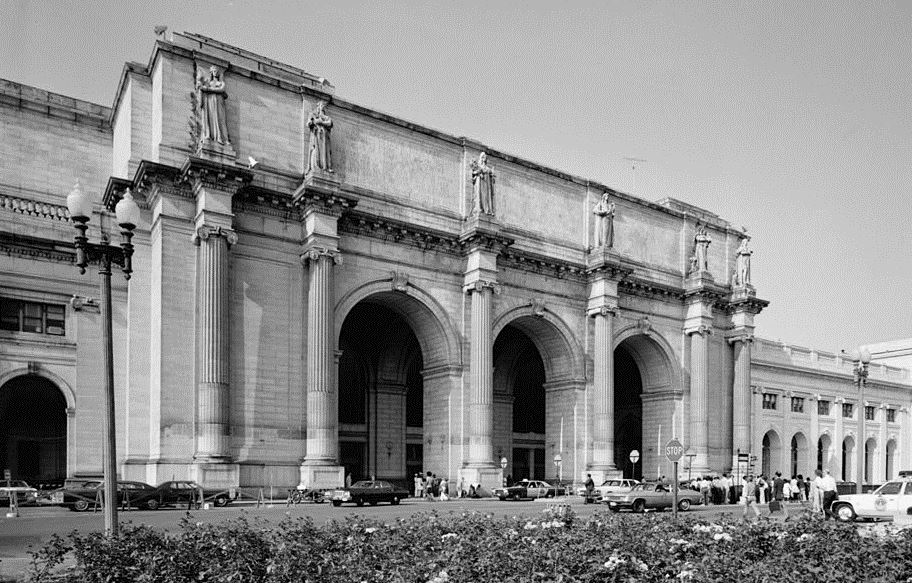
Burnham was a key proponent of civic advancement and urban beauty within the City Beautiful movement. With the belief that such circumstances would encourage moral and civic virtue among urban people, the movement sought to build harmonious and aesthetically beautiful urban landscapes.
His work highlighted the value of parks, wide boulevards, and public areas; as a result, it helped shape numerous city planning initiatives in the United States. Daniel Burnham’s vision and innovative work in urban planning and design had a long-lasting influence on the growth of contemporary cities. His dedication to both beauty and usefulness, together with his holistic approach to city planning, still has an impact on modern architects and urban planners. For example, his guiding ideas—public spaces, orderly layout, and beautiful architecture—remain essential to contemporary urban planning.
Daniel Burnham’s Chicago Plan
One of the most intriguing and essential papers in the history of urban planning is the Plan of Chicago of 1909, also referred to as the Burnham Plan after its principal author, architect and city planner Daniel H. Burnham. Its captivating text and gorgeous visuals, which work together to convince the reader of the concepts’ validity, captivate the reader. Burnham and his associates at the Commercial Club of Chicago, attended by prominent businessmen in the city, vehemently argued that Chicago’s noisy nature necessitated significant changes and that a more refined city could be achieved. The importance of the Plan lies in its ability to persuade many people—including some of its detractors—both then and later on that this claim was valid.
Daniel Burnham was the centre of the City Beautiful movement, the first major Progressive urban planning initiative. Its supporters demanded that the urban environment be changed, much as Haussmann had done in Paris, into what they saw as a more harmonious, beautiful, and practical arrangement of its components, linked by tastefully planted avenues and boulevards. An impressive municipal centre and other noteworthy public buildings would grace this magnificent cityscape, ideally in the neoclassical style. A great setting that embodies civilizational and orderly values instils these ideals and, consequently, evokes the best in those compelled to live there, just as a poor urban environment brings out the worst in those forced to live there. Additionally, a setting like this would foster a sense of camaraderie among the diverse people of a city. As a result, there would be less social unrest and higher economic output.
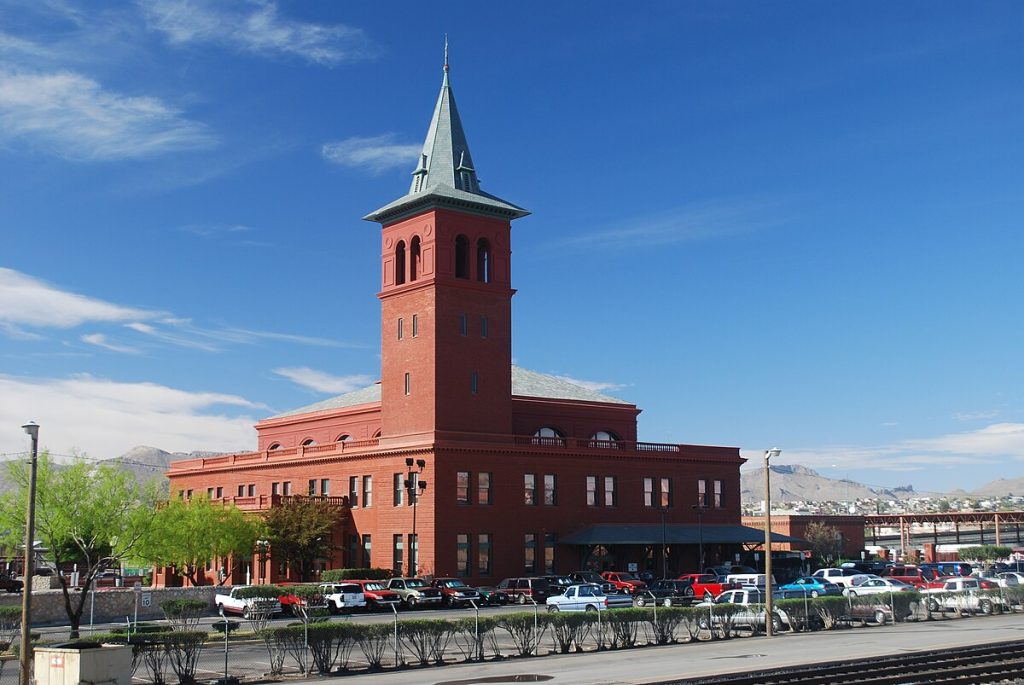
‘The most important antecedents and inspirations for the Plan of Chicago, however, were not the works of others but of Daniel Burnham himself. If the culminating act of Burnham’s career as a city planner was the release of the Plan of Chicago, his initial triumph was the 1893 World’s Columbian Exposition, from which his subsequent planning work developed. Burnham supervised the design and building of this most successful of all world fairs. The Plan of Chicagocalls the exposition “the beginning, in our day and this country, of the orderly arrangement of extensive public grounds and buildings.” The Columbian Exposition as a whole, and especially the vast and statue-studded exhibition halls assembled around the grand basin in the fair’s Court of Honor, was a cultural milestone that established City Beautiful principles as the standard for urban design. The central principle was carefully coordinating different elements with an eye to efficiency and aesthetic appeal. Frederick Law Olmsted’s ground plan emphasized functionality and visual pleasure, anticipating likely pedestrian flow patterns and integrating several modes of transportation. The fair builders devoted almost as much attention to plumbing and garbage removal as they did to monumental display. Even as it championed Beaux-Arts time-honored neoclassicism as the architectural vocabulary of the City Beautiful, the exposition embraced the most modern technologies, such as electric lighting that dazzled evening visitors to the Court of Honor, writes Carl Smith.
Daniel Burnham Famous Works
Burnham & Root created the Monadnock Building in Chicago (1889–1891), which is noteworthy for having one of the last examples of load-bearing brick construction. It is among the tallest brick structures ever built that can support weight. The Burnham & Root-designed Rookery Building in Chicago (1888) is renowned for its unusual blend of brick walls and iron framing. Frank Lloyd Wright later remodelled the Inner Light Court, increasing its architectural value.
One of Burnham’s most well-known designs is the Flatiron Building, New York City (1902); this triangular structure is a famous landmark in the city. It was one of the highest structures of its era due to its unusual design and steel-frame construction. Grand railway station Union Station, Washington, D.C. (1907–1908), is a shining example of Beaux-Arts design. It still plays a crucial role in the infrastructure of Washington, D.C., as a central transportation hub. Burnham’s blueprints served as the basis for the design of the Field Museum of Natural History in Chicago (1921), which was finished following his passing. The museum is among the top natural history organisations in the country.
Burnham was Director of Works for the 1893 World’s Columbian Exposition in Chicago, Illinois. The “White City’s” neoclassical architecture and expansive layout significantly impacted the City Beautiful movement and urban planning. Known as the Burnham Plan, the Chicago Plan (1909) was among the first comprehensive plans for urban development in the United States. It called for reorganized public areas, wider roadways, and green spaces. The concept greatly impacted how Chicago’s parks and lakefront developed.
The Cleveland Group Plan (1903) sought to develop a large public building complex centred on a central mall as the centrepiece of a downtown Cleveland civic centre. It was among the first American cities to adopt the principles of the City Beautiful movement. Plan of Manila and Baguio (1905): Burnham designed the cities of Manila and the Philippines’ summer capital, Baguio. These designs sought to bring public buildings, green areas, and well-organized street systems to modern cities.
Conclusion
Daniel Burnham’s groundbreaking work in comprehensive urban planning and his imaginative contributions to the American cityscape define his reputation as an architect and urban planner. Burnham highlighted the value of aesthetics, practicality, and order in the built world through his recognisable structures and revolutionary urban designs. His Plan of Chicago established the foundation for contemporary urban planning ideas, and his work at the Chicago World’s Fair exposed the country to the potential of big civic design.

